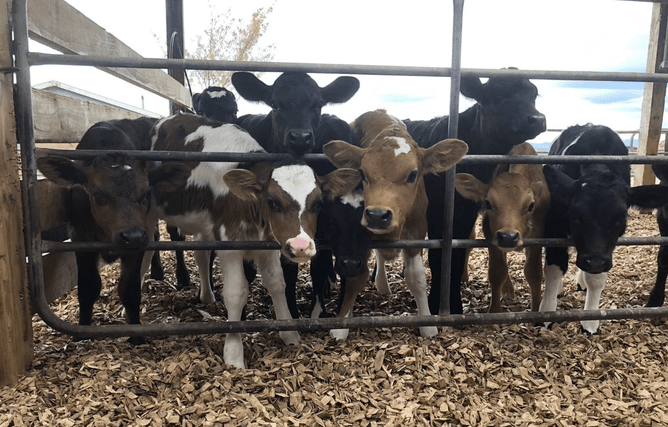Spring calving is just around the corner, which means the sound of mooing calves will soon be filling the air. These calves are the future of our farms, so making sure they have the best start in life is important to ensure the longevity of our dairy herds.
There are two concepts to remember when caring for your calves:
Maximising defence
Minimising challenge
Maximising defence
Maximising the defence of your calves starts as soon as they are born. Picking up calves within the first 8-12 hours of life guarantees that their navels are sprayed with iodine and are taken to the calf shed to reduce the risk of hypothermia.
Be gentle when transporting them, and do not overfill the trailer to minimise injuries to your newborn calves. Spraying navels again once they arrive at the shed further reduces the risk of infections.
Colostrum is one of the most important ways you can increase your calf's immunity. Three Qs to remember about colostrum: Quickly, Quality, and Quantity. You need to quickly give calves colostrum (i.e. within the first 12 hours) since their capacity to absorb antibodies reduces after 12 hours and is very minimal after 24 hours. The quantity of colostrum calves should be getting is at least 4-6L/calf/day. Lastly, colostrum quality must be good, meaning it must come from freshly-calved, low volume, mixed-age cows. Measuring the colostrum with a refractometer will help you determine its quality.
Storing colostrum properly allows us to maintain the quality for as long as possible too – make sure you have fridge space for your fresh colostrum, otherwise freezing it is also fine, so long as you defrost it slowly. Potassium sorbate as an additive can also prolong colostrum’s shelf life.
Minimising challenge
While it is important to maximise your calf’s immune defences, it is also important to minimise the challenges we are exposing these calves to. Good calf pen hygiene is imperative - keep the pens dry, clean them out, and regularly disinfect them.
Making sure we do not overcrowd our calves in the pens also reduces unnecessary nose-to-nose contact, especially with sick calves. Additionally, sick calves should always have their own, separate pens away from the healthy calves to further reduce the risk of spreading disease to others.
Always clean your feeders between feeding to reduce build-up and minimise spread of bacteria and other bugs. Also, remember that we as humans can become carriers of these infectious bugs, so disinfecting ourselves, our equipment, and our PPE (Personal Protective Equipment) will also decrease the risk of spreading pathogens to our calves.
These are just some broad ideas on how you could manage your calves in the upcoming spring season. Let us know if you have any specific questions about calf management, or if you would like us to talk to you or your team about managing calves this season. Our team would love to work with you to ensure that your calves get the best start to their lives on-farm.

